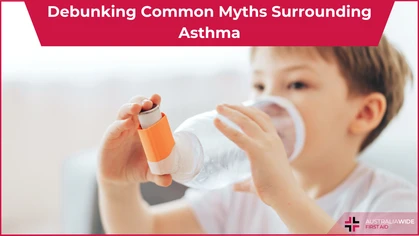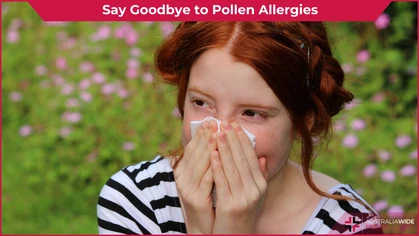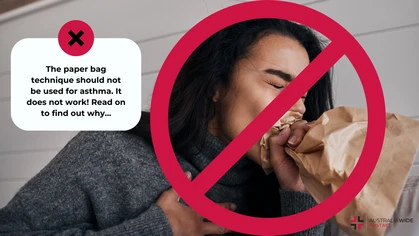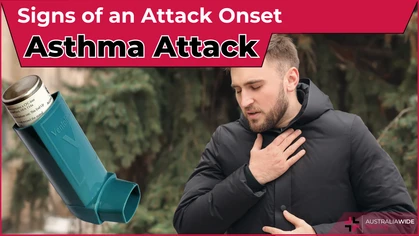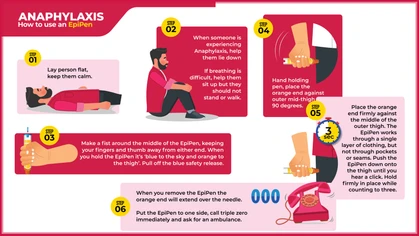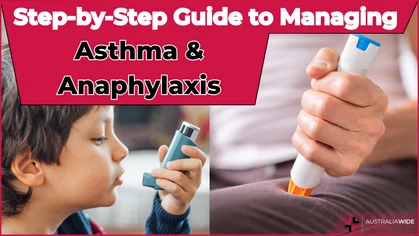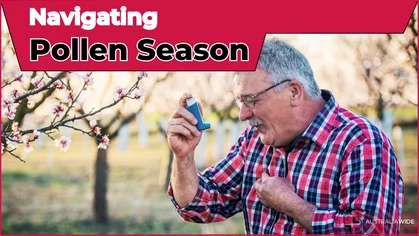Asthma and Bushfire Smoke

Allergy and Asthma
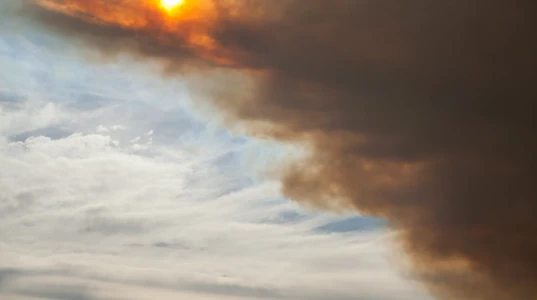
It’s bushfire season, which means the burning of wood and bushland releases harmful gases
It's bushfire season, which means the burning of wood and bushland releases harmful gases, including carbon monoxide, nitrogen oxide, carbon dioxide and a range of organic compounds. This not only causes a threat to your home and the environment, but it also affects the air quality, irritating sensitive airways and triggers asthma. Children, the elderly, smokers and people with existing heart and lung conditions, including asthma are usually the first to feel the effects of bushfire smoke and particle pollution. As a result, Australia Wide First Aid encourages you to take extra care the during summer/bushfire season.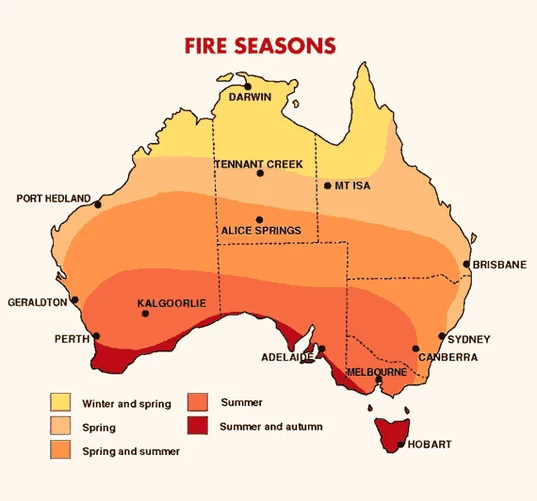
Map showing Fire Seasons in Australia
Asthma Bushfire Plan
If you are living with asthma in a high risk bushfire zone, you should include asthma management in your fire safety survival plan.- Follow your personal, written action plan
- If you don't have an asthma action plan and are struggling to breathe, take 3-4 separate puffs of a blue/grey asthma reliever.
- If your symptoms do not get any better, follow our First Aid for Asthma steps.
Be Ready For Bushfire Season
- Visit your doctor and update your Asthma Action Plan prior to the burn off/bushfire season. This will help you identify your asthma and know how to manage it well.
- Make sure you know how to perform First Aid for Asthma on yourself. Let others around you know you have asthma and educate them First Aid for Asthma too.
- Continue using your asthma preventer medication, even when you are feeling well.
- Keep an extra reliever puffer with your most precious items, such as your wallet, keys, medical papers and photographs. Do not place your puffer in your car as extreme heat will make the medication ineffective.
How To Minimise Your Exposure to Bushfire Smoke
- Unless you are told to evacuate, stay inside when there is bushfire smoke in the environment. Close all of the windows, doors and block all air vents.
- Put your home and car air-conditioner on 'recycle' to minimise the risk of smoke entering your home or car.
- Avoid physical activity outdoors.
What Do I Do If I Am Exposed To Bushfire Smoke?
- Stay low to the ground, and wear a face mask. If a face mask is not available, hold a think cloth over your nose and mouth to prevent breathing in a large amount of smoke.
- Large fires may smother in an area for days after the fire has been put out. If you experience asthma symptoms in the days following a fire, follow your Asthma Action Plan and First Aid for Asthma.
- If you develop symptoms such as coughing, wheezing, chest tightness or shortness of breath, seek medical assistance immediately.
Originally published at
https://www.australiawidefirstaid.com.au/resources/asthma-bushfire-smoke
as part of the Australia Wide First Aid Articles Library

